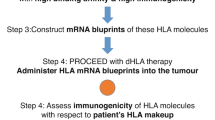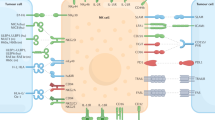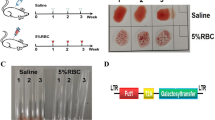Abstract
In a microcytotoxicity assay the lymphocytes from cancer patients were tested on autologous and allogeneic tumour cells in vitro. In patients with a variety of tumours, extensive washing of the lymphocytes from those cases with advanced disease was found to greatly enhance their specific cytotoxic effects. This specificity was restricted to autologous tumour cells and allogeneic cells of similar histological origin. This cross-reacting cytotoxicity was not, however, universal, especially in cases of malignant melanoma. The cytotoxicity evoked by washing was abolished by the addition of the patient's serum. This serum effect showed a similar specificity to that found for lymphocyte cytolysis. The effect of washing, and the specific inhibitory effect of serum, was not detectable in early cases of primary malignant melanoma. The serum component responsible for inhibiting lymphocyte cytotoxicity had no detectable affinity for the target cells and appears to act on the lymphocyte surface, implying that tumour antigen may well be implicated.
This is a preview of subscription content, access via your institution
Access options
Subscribe to this journal
Receive 24 print issues and online access
$259.00 per year
only $10.79 per issue
Buy this article
- Purchase on Springer Link
- Instant access to full article PDF
Prices may be subject to local taxes which are calculated during checkout
Similar content being viewed by others
Rights and permissions
About this article
Cite this article
Currie, G., Basham, C. Serum Mediated Inhibition of the Immunological Reactions of the Patient to his Own Tumour: A Possible Role for Circulating Antigen. Br J Cancer 26, 427–438 (1972). https://doi.org/10.1038/bjc.1972.59
Issue Date:
DOI: https://doi.org/10.1038/bjc.1972.59
This article is cited by
-
Immunosuppressive activity of sera from gastric cancer patients
The Japanese Journal of Surgery (1984)
-
Suppressor mechanisms in tumor immunity
Experientia (1983)



